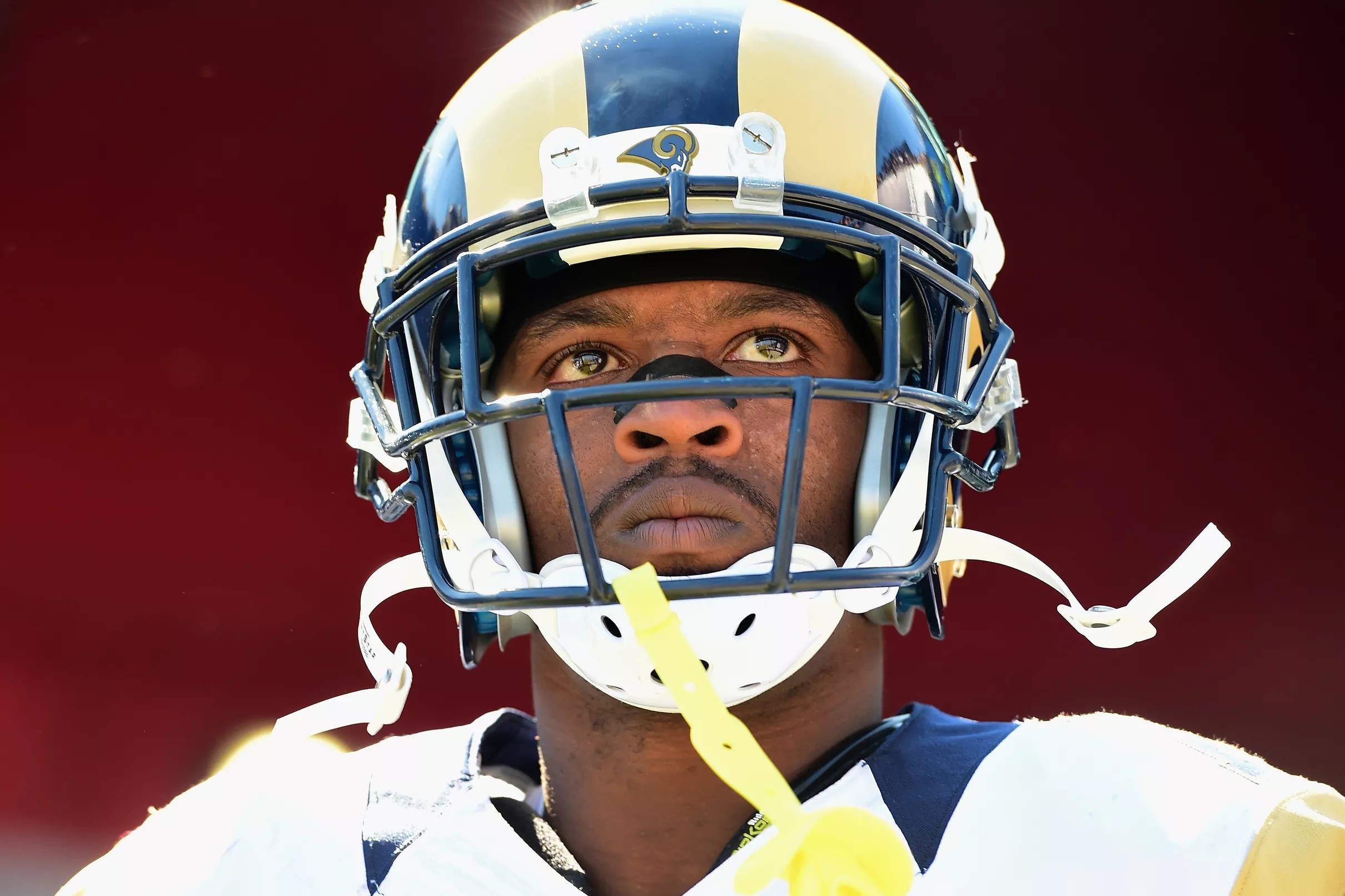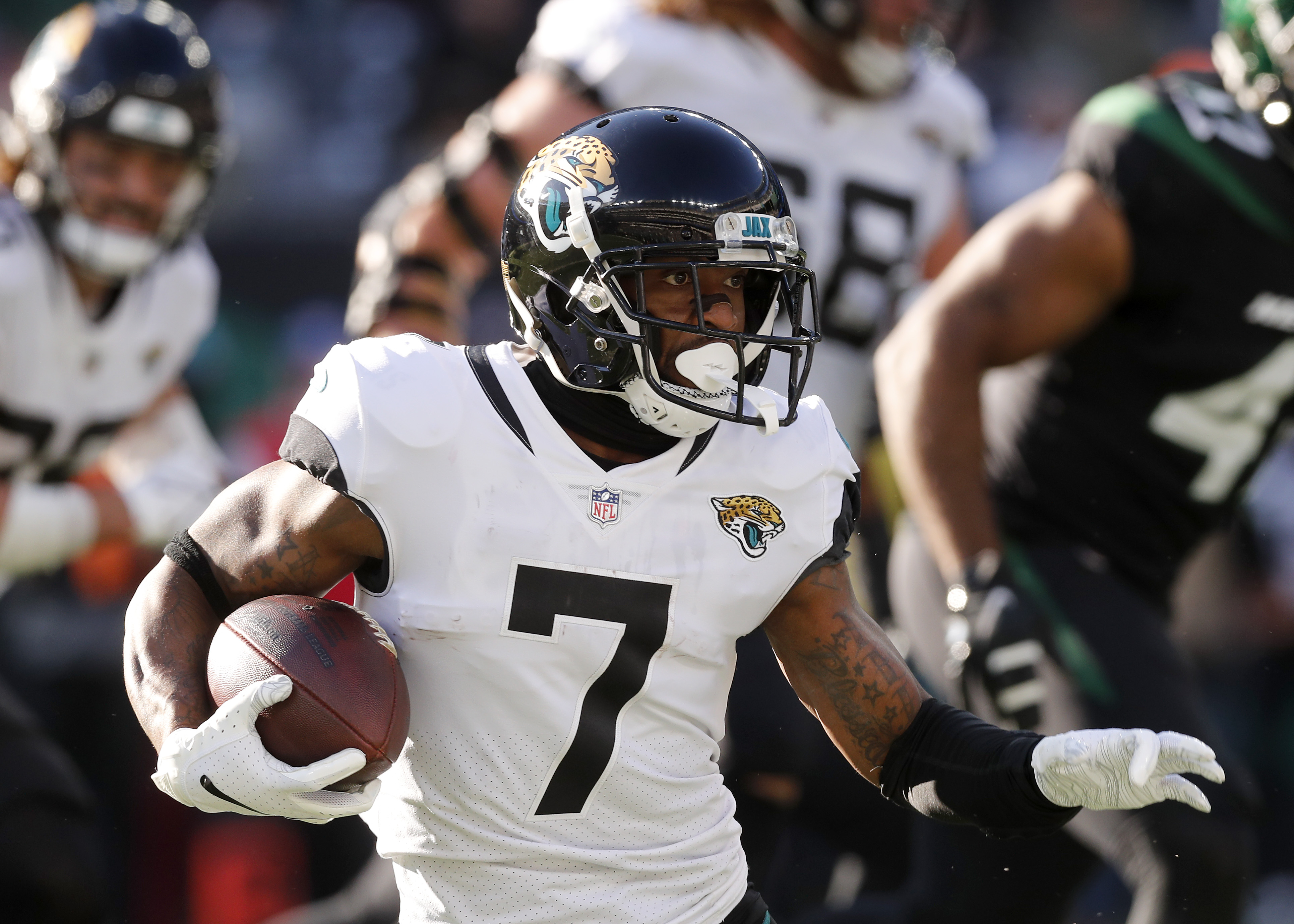The Case of Trayvon Martin
/arc-anglerfish-arc2-prod-dmn.s3.amazonaws.com/public/TZ5MRTSLXSIGTE23CADDPJLVIQ.jpg)
The case of Trayvon Martin, a 17-year-old African American teenager who was fatally shot by George Zimmerman, a neighborhood watch volunteer, in Sanford, Florida, on February 26, 2012, sparked widespread protests and national conversations about race, self-defense laws, and racial profiling. The incident, which occurred during a period of heightened racial tensions in the United States, ignited a firestorm of debate and controversy, with many arguing that Martin’s death was a result of racial bias and others claiming that Zimmerman acted in self-defense.
The Circumstances Surrounding Trayvon Martin’s Death
On February 26, 2012, Trayvon Martin was walking back to his father’s girlfriend’s house from a convenience store where he had purchased a bag of Skittles and an iced tea. While walking, he was observed by George Zimmerman, a neighborhood watch volunteer, who called 911 to report a suspicious person. Zimmerman, who had been involved in several previous incidents with individuals he deemed suspicious, told the dispatcher that the individual, later identified as Trayvon Martin, was acting suspiciously and “looked like he was up to no good.” The dispatcher advised Zimmerman to stay in his car and not follow Martin, but Zimmerman continued to follow Martin, eventually confronting him.
The Events Leading Up to the Fatal Encounter
The exact events leading up to the fatal encounter between Zimmerman and Martin remain disputed. Zimmerman claimed that he had stopped following Martin and was returning to his car when Martin attacked him, striking him in the head and knocking him to the ground. He stated that he shot Martin in self-defense. However, witnesses reported seeing Zimmerman pursuing Martin, and some suggested that Zimmerman may have been the aggressor.
Different Perspectives on the Incident, Tayvon austin
Trayvon Martin’s Family
Trayvon Martin’s family maintained that he was an innocent victim of racial profiling and that Zimmerman had targeted him because he was African American. They argued that Zimmerman had no reason to suspect Martin of wrongdoing and that his actions were motivated by prejudice. The family emphasized Martin’s character and his aspirations, painting a picture of a young man with a bright future who was tragically cut short.
George Zimmerman
Zimmerman claimed that he acted in self-defense and that he was justified in shooting Martin. He argued that Martin had attacked him and that he feared for his life. Zimmerman’s defense team presented evidence that Martin had a history of violence and that he had been involved in several fights prior to the incident. They also pointed to the fact that Zimmerman had sustained injuries during the altercation, which they claimed corroborated his account of the events.
Witnesses
Witnesses to the incident offered conflicting accounts of what transpired. Some witnesses corroborated Zimmerman’s account, stating that they saw Martin attacking Zimmerman. Others, however, disputed Zimmerman’s claim, suggesting that he was the aggressor and that Martin had been trying to defend himself. The conflicting witness statements further complicated the case and made it difficult to determine a definitive account of the events.
Legal and Social Implications: Tayvon Austin

The tragic shooting of Trayvon Martin sparked intense legal and social debate, raising critical questions about race, gun control, and the application of self-defense laws. The case garnered national attention and ignited a movement that brought these issues to the forefront of American consciousness.
Legal Proceedings and Trial
The legal proceedings surrounding the case were highly contentious. George Zimmerman, the neighborhood watch volunteer who shot Martin, was initially charged with second-degree murder. However, the trial, which took place in 2013, ended with Zimmerman’s acquittal on all charges. The jury, composed of six women, found that Zimmerman acted in self-defense, a verdict that sparked widespread protests and ignited a national conversation about racial bias in the justice system.
Impact on the Black Lives Matter Movement
The Trayvon Martin case played a pivotal role in the rise of the Black Lives Matter movement. The movement, which began in 2013, gained momentum after Zimmerman’s acquittal, highlighting the disproportionate impact of police brutality and racial injustice on Black communities. The case served as a catalyst for national protests, raising awareness about systemic racism and demanding accountability for police violence.
Race, Gun Control, and Self-Defense Laws
The case also brought to the forefront the complex interplay of race, gun control, and self-defense laws. The “Stand Your Ground” law, which was in effect in Florida at the time of the shooting, allowed individuals to use deadly force if they reasonably believed they were in imminent danger. Critics argued that the law emboldened individuals to use lethal force, particularly against people of color. The case highlighted the need for a critical examination of self-defense laws and their potential to exacerbate racial disparities in the justice system.
Cultural and Media Representation

The case of Trayvon Martin has sparked significant cultural and media discourse, impacting the way race, justice, and social responsibility are portrayed and discussed. His story has been woven into the fabric of contemporary American culture, shaping how we perceive issues like racial profiling and the role of social media in shaping public opinion.
Portrayal of Trayvon Martin in Media and Popular Culture
The media portrayal of Trayvon Martin has been multifaceted and often controversial. Initially, he was presented as a young, innocent victim, highlighting his status as a teenager and the tragic circumstances of his death. However, as the case unfolded, media coverage evolved, with some outlets focusing on his past, including a previous arrest, while others emphasized his perceived “suspicious” behavior. This shifting narrative contributed to a polarized public opinion, with some viewing him as a victim of racial profiling and others questioning his actions.
Role of Social Media in Shaping Public Opinion and Discourse
Social media played a pivotal role in shaping public discourse surrounding the Trayvon Martin case. The hashtag #BlackLivesMatter emerged as a powerful symbol of solidarity and protest, highlighting the systemic racial injustices faced by Black Americans. Social media platforms allowed for the rapid dissemination of information, news updates, and personal accounts, amplifying the case’s reach and contributing to a broader conversation about race and justice.
Impact on Conversations about Racial Profiling and Justice
The Trayvon Martin case had a profound impact on conversations about racial profiling and justice. It ignited a national debate about racial biases within the criminal justice system, the role of implicit bias, and the impact of racial profiling on communities of color. The case highlighted the need for police reform, greater transparency in law enforcement practices, and increased awareness of the disproportionate impact of racial bias on marginalized groups.
Tayvon Austin, a dynamic and electrifying wide receiver, was a standout in the 2013 NFL Draft , showcasing his speed and agility. His explosive playmaking ability made him a coveted prospect, and he ultimately landed with the St. Louis Rams.
Austin’s impact on the league was felt immediately, as he quickly established himself as a game-changer, leaving defenders in his wake.
Tavon Austin, a name synonymous with electrifying speed and game-changing plays, carved a unique niche for himself in the NFL. His journey from West Virginia University to the professional ranks is well-documented on the tavon austin wiki , showcasing his versatility and knack for making big plays.
Whether as a receiver, returner, or even a running back, Austin’s speed and agility made him a constant threat, leaving defenders in his wake.
